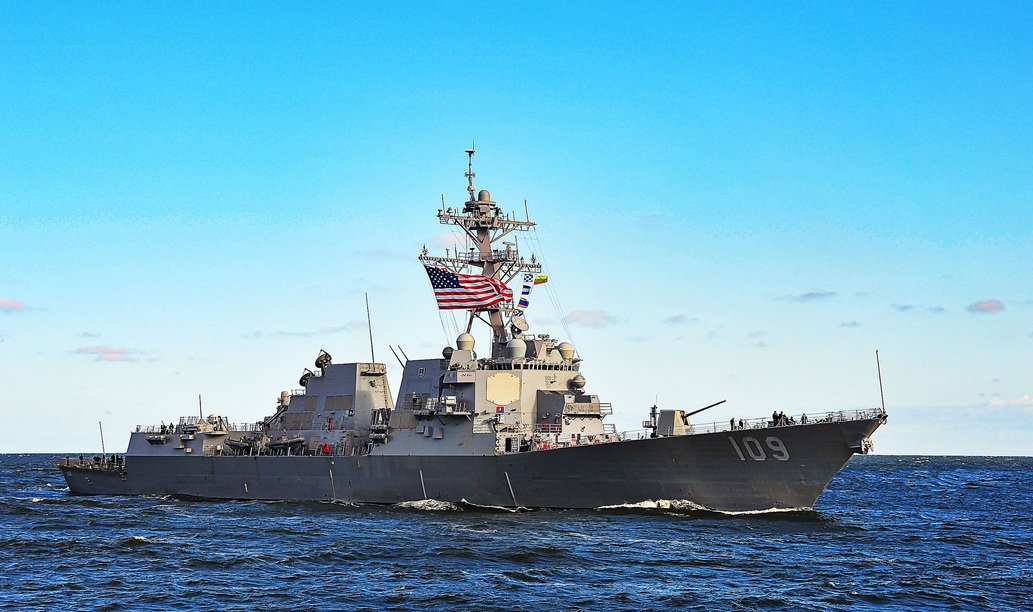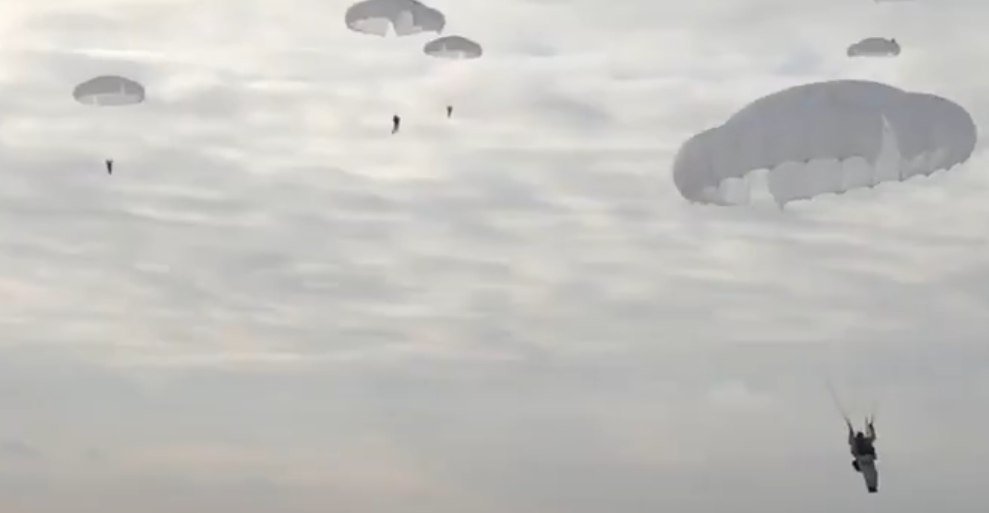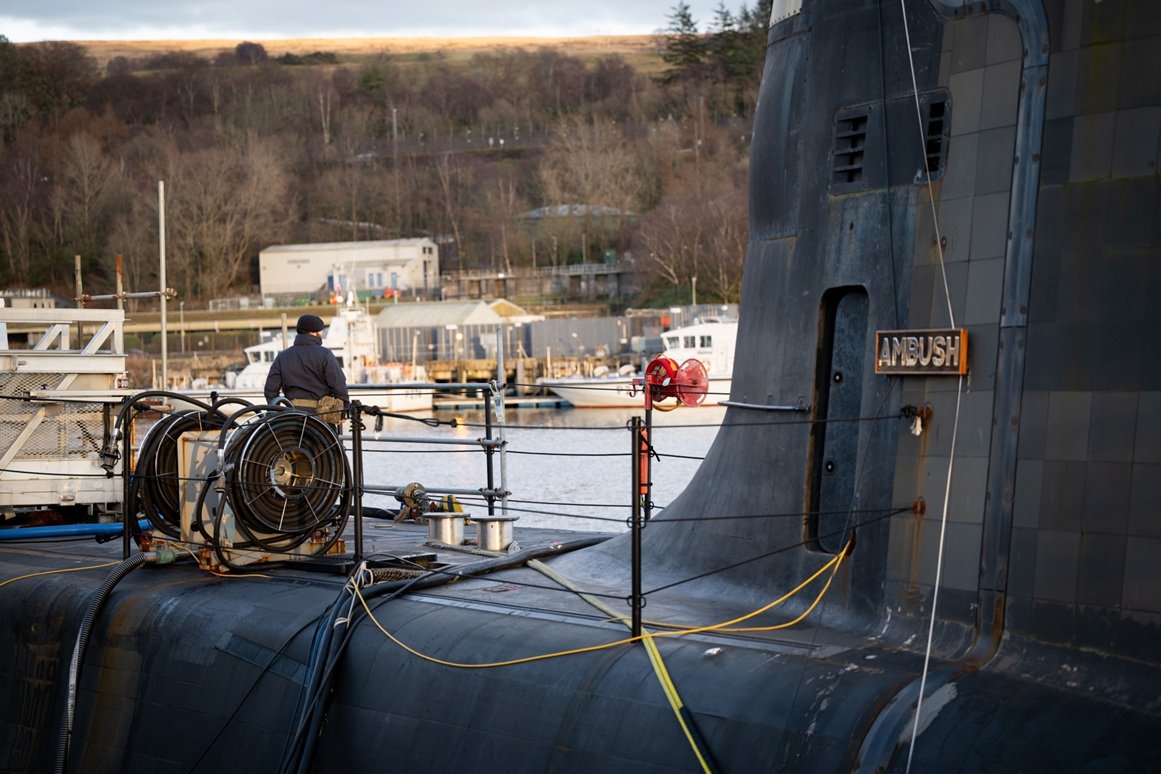
Russia’s Railway Troops Under Pressure
on the tracks. Russia’s railway infrastructure, once the pride of the empire and a symbol of its technological sophistication, has once again become a key military pillar. The war in Ukraine, the cut bridges, sabotage on Belarusian territory and systematic attacks on logistics hubs reveal the fragility of the system on which Russia’s ability to continue waging war now depends.
For the Russian army, railways are not just a means of transport – they are its backbone. Without them, it would be impossible to move hundreds of thousands of soldiers, hundreds of armoured vehicles and thousands of tonnes of ammunition between Siberia, Belarus and southern Ukraine. Planes are too expensive, roads too slow and inland waterways seasonal. When hundreds of military trains set off towards the Ukrainian border in February 2022, it was clear that the war would also start on the rails. Today, however, it is becoming clear that this network – despite its vastness and strategic importance – is starting to crack. Sanctions, a shortage of spare parts and manpower, and precise attacks by Ukrainian drones are turning this once unquestionable advantage of the Kremlin into a vulnerable Achilles heel. Today, the Russian Railways, an elite engineering unit with a 170-year history, is not only repairing tracks and bridges, but is literally keeping the war afloat. But the question is: for how long?
The strategic role of railways in Russian military doctrine
The Russian state has long been aware that control over transport infrastructure is a matter of national security – and formally confirmed this in 2014. It was then that rail transport was officially classified as a “strategic sector” – alongside the oil and gas sector and the arms industry. This step brought not only a ban on greater involvement of foreign capital, but also strengthened state supervision and regular federal subsidies. The result is the full integration of the railway network into the military strategy – and a direct connection to the regime’s power structures. It is no coincidence that today the head of the board of directors of Russian Railways (RZD) is none other than Defense Minister Andrei Belousov, a man with an economic background, but also a loyal executor of the presidential will. Railways have long ceased to be just the state’s transport backbone – they are one of its key tools for geopolitical maneuvering. In the conditions of vast Russia, whose geography is shaped by thousands of kilometers of taiga, tundra and steppes, rail transport is practically irreplaceable. Unlike NATO, which relies on diversified logistics, Russia transports its soldiers and weapons mainly by rail. Over 85,000 km of tracks thus form not only the civil, but above all the military nervous system of the federation.
One important factor facilitating Russian logistical operations is the preservation of the post-Soviet track gauge – 1520 mm. This standard is shared by Russia with Belarus and most of the post-Soviet republics, including the occupied territories of eastern Ukraine. Thanks to this, Moscow was able to send more than 200 military trains to the border without any problems in February 2022, without having to adapt the infrastructure or transfer equipment. Today, the same technical advantage allows for the daily rotation of weapons and soldiers from the depths of Siberia to the front lines – without major logistical delays. However, this one-way orientation to the railway as a key axis of military mobility is now revealing its weaknesses. The infrastructure is overloaded, vulnerable to sabotage and attacks from afar, and – as it turns out – increasingly limited in technological and human resources. What should have been an advantage becomes a problem in times of war that the Kremlin cannot easily solve.
Russian Railway Troops: The Silence Behind the Front That Makes a Difference
When a bridge explodes deep inside Russia, a track bursts, or a crater is left under the sleepers after a night of shelling, the first to take to the field are the members of the Russian Railway Troops (Железнодорожные войска Российской Федерации). This specific engineering formation, which was established in 1851 under Tsar Nicholas I, has more than 170 years of service to empires, the Soviet Union, and today’s Russia. And although they do not operate on the front line, without their work the front would come to a standstill. Today, this unit numbers approximately 30,000 soldiers, and under the command of Lieutenant General Oleg Ivanovich Kosenkov, it functions as an irreplaceable logistical force of the Russian armed forces. In times of war, this unit becomes a “mobile road service” that keeps the railways operational despite attacks, sabotage, and climatic challenges.
Their tasks are multifaceted:
• Repair and reconstruction of lines destroyed by sabotage or shelling.
• Construction of new railway sections, including bridges and tunnels in crisis areas.
• Ensuring logistics – transportation of military equipment, food, ammunition and personnel.
• Mining and demining of railway routes to prevent or restore the use of key connections.
• Protection and maintenance of strategically important railway facilities, often in the hinterland.

When the situation deteriorates to the point where regular trains are unable to pass, armored railway trains come into play. Since spring 2022, the Russian army has operated four armored trains – the Volga, Yenisei, Amur and Baikal. These “mobile fortresses” are equipped with ZU-23-2 anti-aircraft complexes, mortars and reconnaissance drones, and are used to:
• protect routes from ambushes and attacks,
• transport ammunition and supplies in risky areas,
• immediately repair damaged sections of tracks, including replacing sleepers and rails.

The armored train “Volga”, photographed in early 2022 near Melitopol, is a symbol of how the railway army has adapted to modern conditions of warfare – it combines mobility, firepower and engineering capabilities. It is not just a transporter, but an active element of military strategy in the hinterland, which itself becomes a battlefield. Today, the railway troops are under enormous pressure – responding to sabotage, repairing damaged infrastructure and often having to work in extreme conditions. Every hour that a line is out of service means a delay in the delivery of ammunition, fuel or reinforcements. These “invisible engineers of war” keep the entire system running, and their failure would have an immediate impact on Russia’s ability to continue military operations.
Attacks, sabotage and sabotage war
While the classic battle for territory rages on the front lines, a different kind of war is taking place in the Russian rear – a silent but extremely effective sabotage campaign aimed at disrupting the railway network on which the Russian war machine rests. Ukrainian long-range attacks, Belarusian resistance and cyber-interference – all combine to form strikes with a single goal: to cut off the Russian flow of troops and materiel before supplies run out. The most visible are attacks on railway bridges and junctions. On May 31, 2025, shortly after a record-breaking attack by 117 Ukrainian drones on a Tu-95 strategic bomber base in Siberia, a railway bridge in the Bryansk region was blown up. On the same days, underwater charges with a force of over one ton of TNT damaged the supporting pillars of the Crimean Bridge, which is not only a symbol but also a key logistical artery between Russia and the occupied peninsula. These attacks not only disrupted specific routes, but also sent a clear signal: the railway is no longer safe anywhere. But sabotage is not only taking place in Russia.
Since the winter of 2022, a series of attacks by guerrilla groups on signaling equipment, switchboards and relay stations on the Gomel–Zhlobin and Baranovichi–Mazyr routes have taken place in Belarus. The result was a slowdown of Russian transports to up to 15 km/h, which dramatically extended transport times and increased the vulnerability of supply trains. At the same time, a group called “Cyber Guerrillas” was active, which penetrated the information system of the Belarusian railways and blocked some timetables – in exchange for demands for the release of political prisoners. Minsk reacted harshly: it began to issue death sentences for so-called “railway terrorism”, but sabotage has since spread to Russia. According to the Washington Post, by April 2022 alone, over 80 acts of sabotage on the railway network had been recorded, from arson attacks to targeted explosions. These numbers are growing, signaling a systematic effort to undermine the railway infrastructure, which Moscow considers its greatest logistical advantage. The consequences are noticeable. Slowing down transport, overloading alternative routes, increased costs and material losses – all this is straining an already strained system.
Every bridge that needs to be rebuilt, every line that needs to be cleared of mines means dozens of hours of delay. And this in a situation where every minute counts. The Russian railway army and security services are trying to respond. Increased protection has been introduced around key sections, Rosgvardia units have been deployed to railway stations, and armored trains regularly comb sections in combat zones. Yet it is increasingly clear that Ukraine and its allies can precisely target and technologically scale their strikes. Target-recognition drones, underwater mines, cyber infiltration – Russian defense is facing an adversary who is more mobile, more adaptable and less predictable. The battlefield is thus becoming a network war, where the Russian giant with heavy rails faces quick and flexible interventions – and although it still maintains control of the tracks, it is becoming more difficult every day.


Max Bach


















